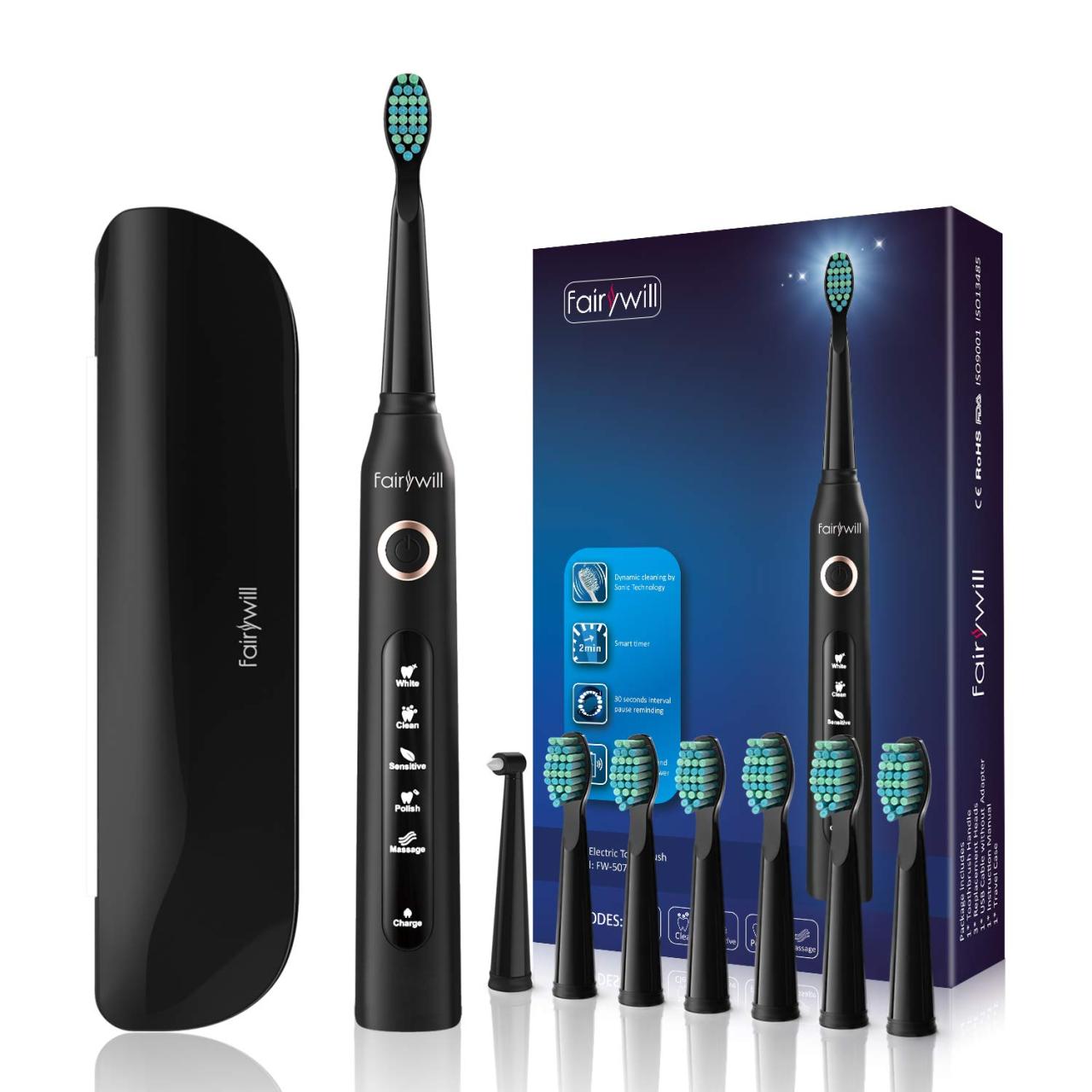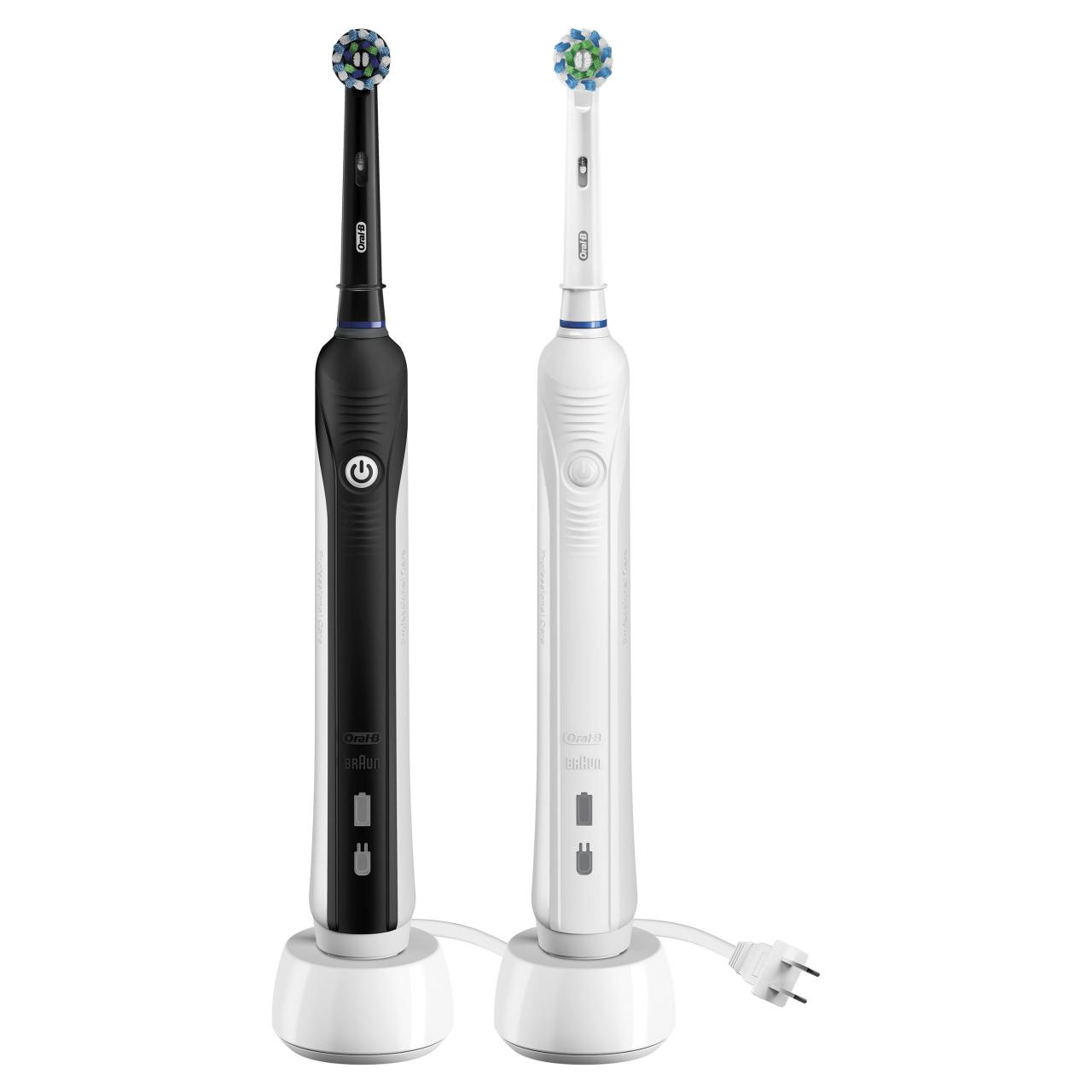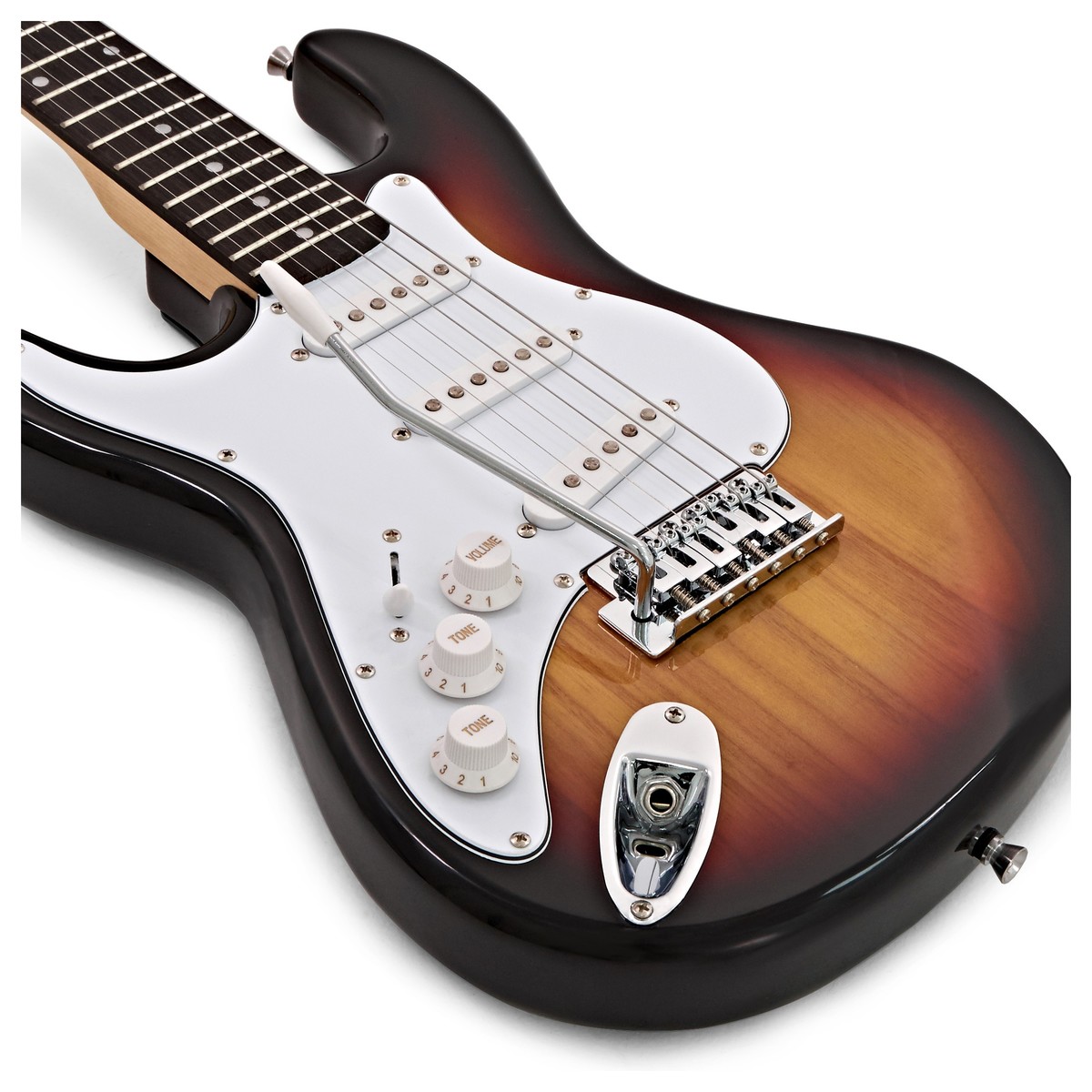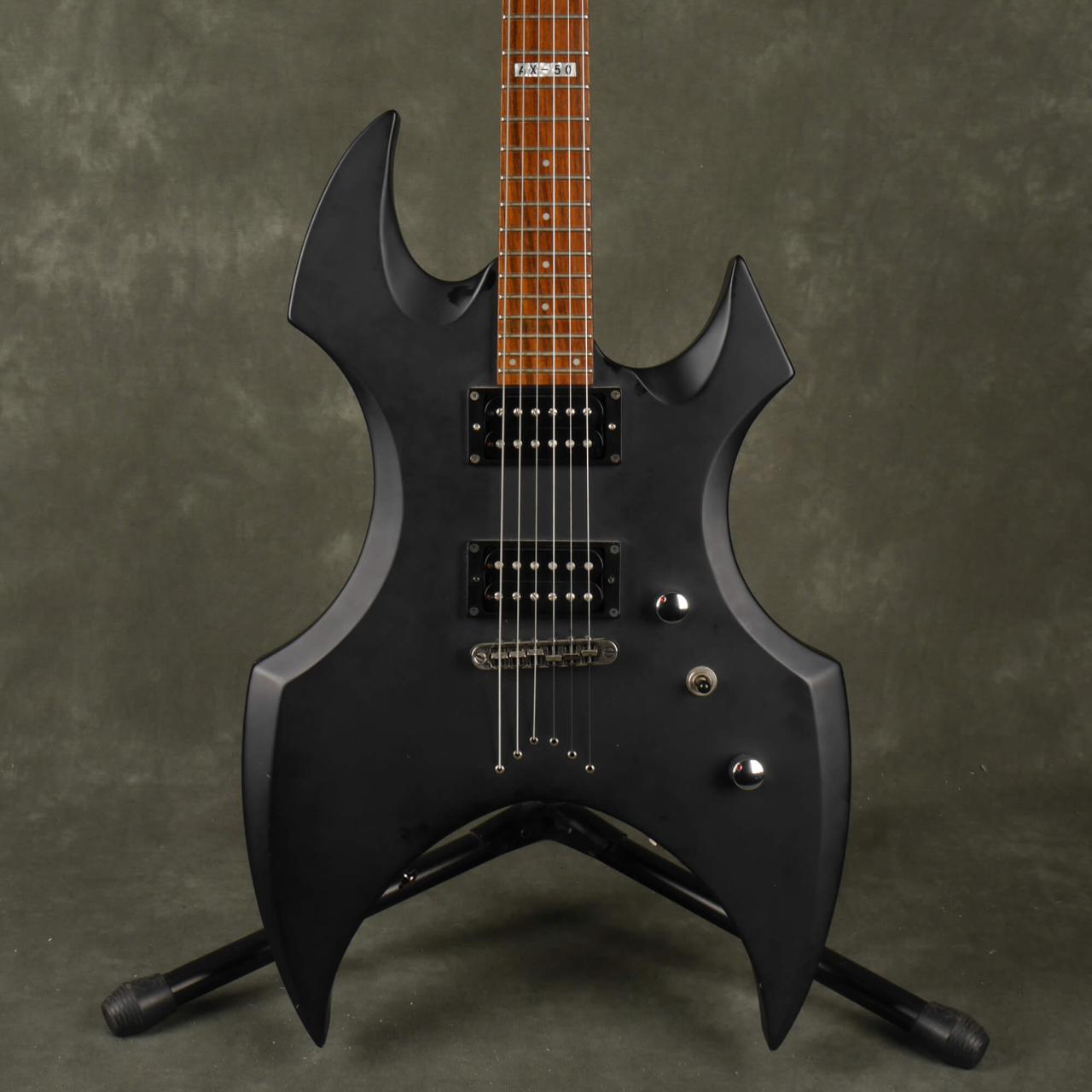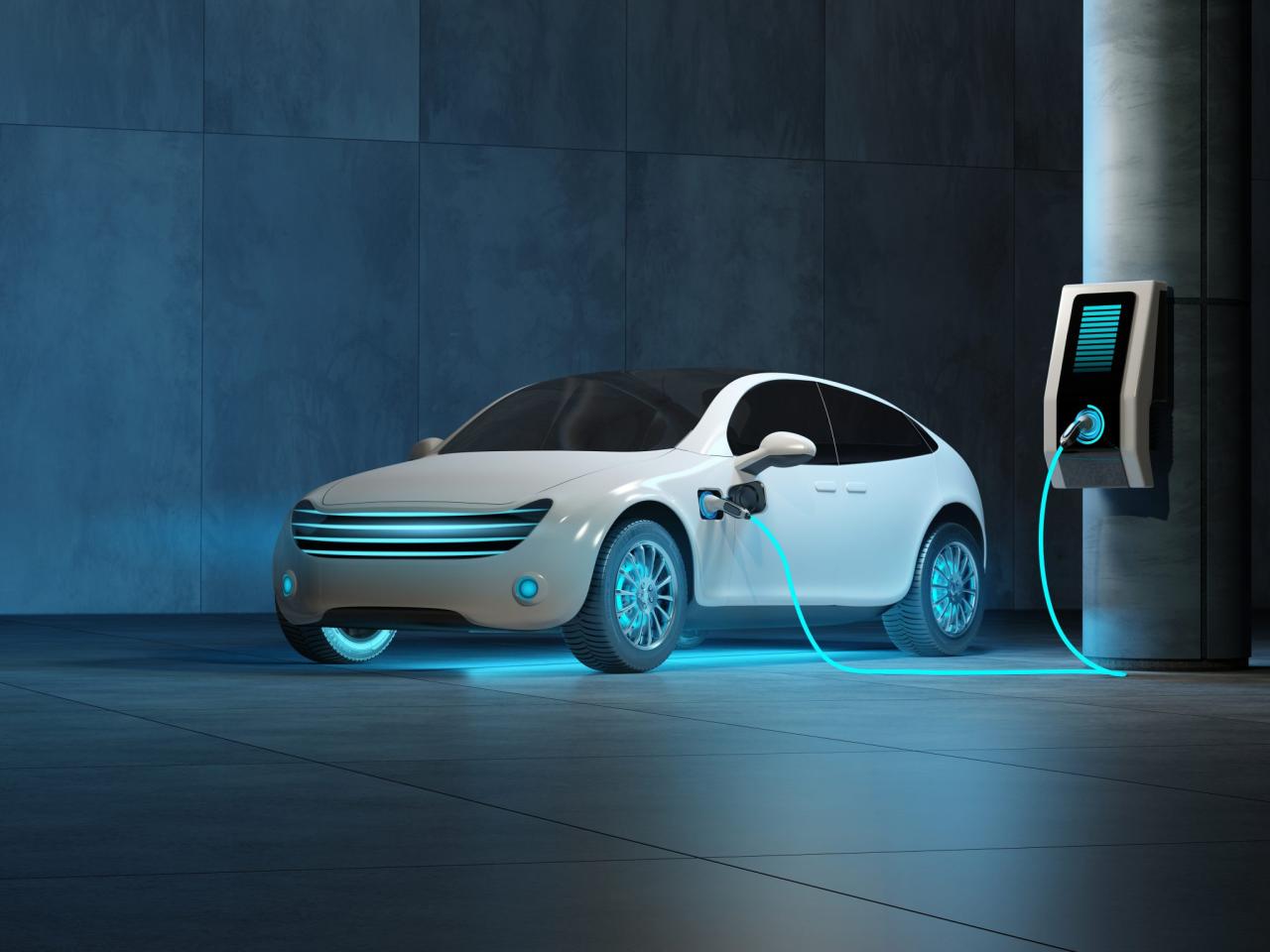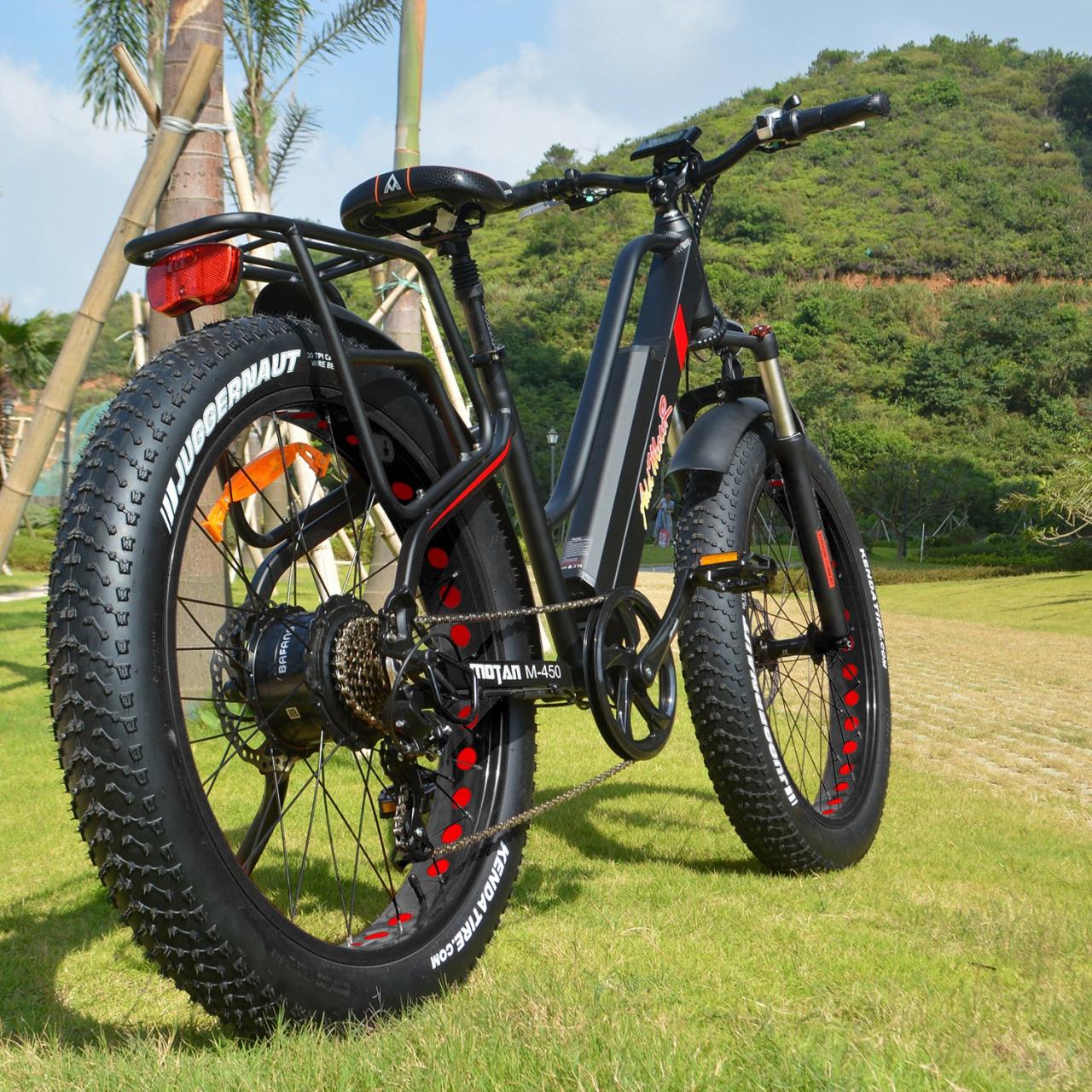The Electric Vehicle Revolution: A Comprehensive Guide
The electric vehicle (EV) is no longer a futuristic dream, but a rapidly evolving reality reshaping the automotive landscape. From sleek sedans to powerful trucks, EVs are capturing the attention of consumers and policymakers alike, promising a cleaner, quieter, and more efficient future of transportation. This comprehensive guide delves into the world of electric vehicles, exploring their history, technology, benefits, challenges, and future prospects. We’ll dissect the various types of EVs, analyze their impact on the environment and economy, and examine the critical role of charging infrastructure in driving widespread adoption. Introduction to Electric Vehicles Electric vehicles (EVs) are automobiles that are powered by electric motors, drawing energy from a battery pack instead of a gasoline or diesel engine. They offer a compelling alternative to traditional internal combustion engine (ICE) vehicles, promising cleaner transportation and reduced reliance on fossil fuels. Key Components of an Electric Vehicle EVs consist of several key components that work together to provide power and propulsion. Battery:The battery pack is the heart of an EV, storing energy that powers the motor. It’s typically composed of lithium-ion cells, which store energy chemically and release it as electricity. Battery capacity is measured in kilowatt-hours (kWh), indicating the amount of energy stored. A larger battery capacity allows for a longer driving range. Electric Motor:The electric motor converts electrical energy into mechanical energy, turning the wheels of the vehicle. Unlike ICE engines, electric motors offer high torque at low speeds, providing instant acceleration and smooth driving. Charging System:EVs are recharged by plugging into an external power source, typically a household outlet, a dedicated EV charger, or a public charging station. Charging time varies depending on the battery size, the type of charger, and the level of charge. History of Electric Vehicles The concept of electric vehicles dates back to the late 19th century, with early prototypes appearing as far back as the 1830s. However, the development of EVs was hampered by limited battery technology and the rise of the gasoline engine. In the early 20th century, EVs faced stiff competition from ICE vehicles, leading to a decline in their popularity.The resurgence of EVs began in the late 20th century, driven by increasing concerns about fossil fuel dependence and air pollution. Advancements in battery technology, particularly the development of lithium-ion batteries, significantly improved the range and performance of EVs. Government incentives and growing public awareness also contributed to the growing popularity of EVs.Today, EVs are becoming increasingly mainstream, with major automotive manufacturers investing heavily in their development and production. The global EV market is expected to continue growing rapidly in the coming years, driven by factors such as technological advancements, falling battery costs, and government policies promoting electric mobility. Types of Electric Vehicles The world of electric vehicles (EVs) is diverse, offering a range of options to suit different needs and preferences. Understanding the different types of EVs is crucial for making informed decisions about purchasing and using them. Battery Electric Vehicles (BEVs) BEVs are powered solely by electricity stored in a battery pack. They have no gasoline engine and rely entirely on electric motors for propulsion. Technology:BEVs use a battery pack to store electrical energy, which powers an electric motor to propel the vehicle. The battery pack is charged by plugging into an external power source, such as a home charger, public charging station, or Level 2 charger. Range:BEVs typically have a range of 100-300 miles on a single charge, depending on factors like battery size, driving conditions, and vehicle weight. The range is also affected by factors such as temperature, driving style, and the use of climate control systems. Performance:BEVs are known for their instant torque and acceleration, providing a smooth and responsive driving experience. They are also quieter than gasoline-powered vehicles, reducing noise pollution. Plug-In Hybrid Electric Vehicles (PHEVs) PHEVs combine a gasoline engine with an electric motor and a battery pack. They can be driven solely on electricity for a limited range, but switch to gasoline when the battery is depleted. Technology:PHEVs use a combination of a gasoline engine and an electric motor, with a battery pack to store electrical energy. They can be plugged into an external power source to charge the battery. The gasoline engine provides additional power when the battery is depleted, or when more power is needed, for example, for highway driving or towing. Range:PHEVs typically have an all-electric range of 20-50 miles, depending on the size of the battery pack and driving conditions. Once the battery is depleted, the gasoline engine takes over, extending the overall range to hundreds of miles. Performance:PHEVs offer a blend of electric and gasoline performance. They provide instant torque and acceleration when operating in electric mode, and the gasoline engine provides additional power when needed. PHEVs are also quieter than traditional gasoline-powered vehicles when operating in electric mode. Fuel Cell Electric Vehicles (FCEVs) FCEVs are powered by electricity generated through a chemical reaction between hydrogen and oxygen in a fuel cell. They do not have a battery pack, but instead use hydrogen stored in a tank. Technology:FCEVs use a fuel cell stack to convert hydrogen gas into electricity, which powers an electric motor to propel the vehicle. Hydrogen is stored in a tank and is refueled at a hydrogen fueling station. Range:FCEVs typically have a range of 300-400 miles on a full tank of hydrogen, depending on factors like the size of the hydrogen tank and driving conditions. The range is also affected by factors such as temperature, driving style, and the use of climate control systems. Performance:FCEVs offer a similar driving experience to BEVs, with instant torque and acceleration. They are also quiet and emit only water vapor as a byproduct, making them a more environmentally friendly option. Comparison of EV Types Type Advantages Disadvantages BEVs Zero tailpipe emissions High efficiency and low operating costs Instant torque and acceleration Quiet operation Limited range compared to gasoline vehicles Longer charging times than refueling gasoline vehicles High upfront cost Limited charging infrastructure in some areas PHEVs Combines the benefits of electric and gasoline vehicles Longer range than BEVs Lower upfront cost than BEVs Less range anxiety than BEVs Lower fuel efficiency than BEVs More complex technology than BEVs … Read more


